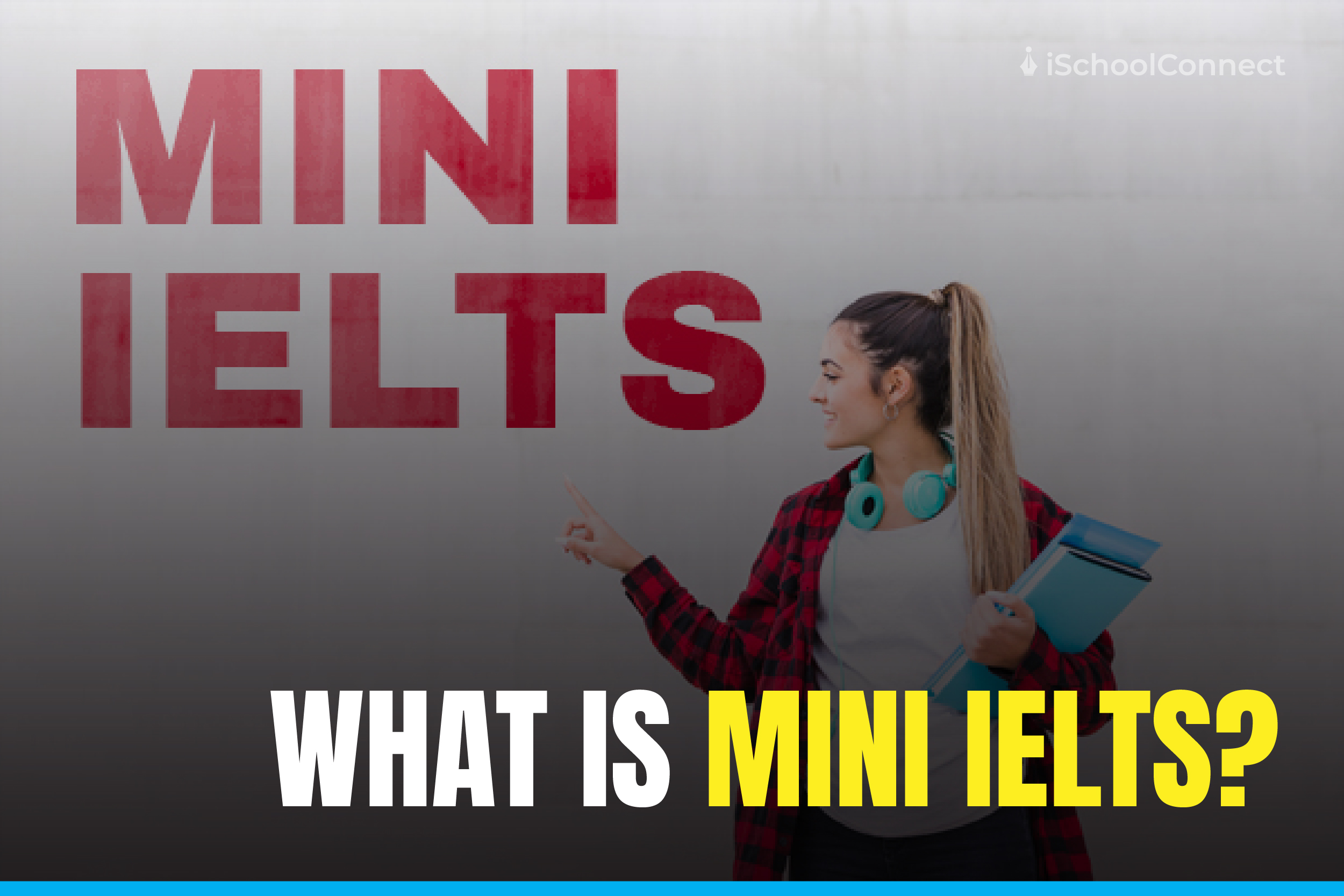Table of Contents
Rhyming words | Here’s how these words add beauty to our language!
If you wish to know all about rhyming words, then let’s start with the origin of the word itself. The word ‘rhyme’ is, in fact, an evolution of the word ‘rime’ from archaic English. For example, Samuel Taylor Coleridge’s ‘The Rime of the Ancient Mariner’ uses this older iteration of the word rhyme.
In more recent times, these have been used in several places, beginning with plays to even enormously popular rap music. If you want to learn to use these words too, look no further. We have discussed all such in English and their importance in this blog. Keep scrolling!
What are rhyming words?

Rhyming, as we all know, is the use of words that end with a similar sound. These words have a similar sounding syllable at the end. An example of a pair of such words is soon and balloon, both ending with an ‘oon’ sound.
These words have been used for ages, especially for teaching kids during their early learning years and when adults want to learn something new, like a new language. However, you may be wondering about the reason these words began to be used in the first place. Read ahead to know why!
Why are rhyming words used?

There are several reasons why rhyming words are an integral part of poems, plays, songs, etc. Let us take a look at some of these reasons.
- Makes learning fun- Learning can be a daunting task for both the person who is learning and the one who is teaching. But, you can make learning and teaching fun by using rhymes, poems, and songs. These words help break the monotony and incite interest among people to learn more about a subject.
- You remember it all –It is also easier to remember these words than the regular, non-rhyming texts.
- Strengthening vocabulary- Rhyming words are important for learning how to write well. It teaches us that words that sound similar often constitute the same letters at the end. Besides, it also helps strengthen our vocabulary while making learning spellings easy.
- Enhances creativity- Rhyming poems and songs help enhance creativity in people. When we read or listen to a rhyming poem or song, we form mental images, which expand our horizon of imagination and give colors to it.
- The beauty of language- Rhymes helps us explore the beauty of language. The way two words can be strung together to give meaning and how those same two words create a different meaning when combined in a different way. It helps us understand how we can play with words and make studying fun.
- The use of the right word- When you become familiar with a particular rhyming poem or song, you learn to predict and anticipate words. This skill is essential for learning to use the right word in the right place and to develop a flair for writing. So, try using some such words while writing a poem or just scribbling down your thoughts.
Different types of rhyme

Along with being popular among kids as a learning method, people may choose to study rhyming words extensively later on. Many literature courses at the undergraduate level offer studying rhymes and other figures of speech during the first year of education.
Therefore, it is imperative for you to learn about the different types of rhyming words in English. These include:
1. Perfect rhymes
The location of the final stressed syllable helps in classifying perfect rhymes. If the rhyming words have the same stressed vowels and the ending consonant, it is a perfect rhyme. There are 3 different types of perfect rhyme, depending on the number of matching syllables. These include:
- Masculine rhyme– These words have one matching syllable. For example, book and cook.
- Feminine perfect rhymes- You can easily identify these rhymes if they consist of two matching syllables. For example, weasels and measles.
- Triple rhymes- Last but not least, these perfect rhymes have 3 matching final syllables. For example, greenery and scenery.
2. General rhymes
General rhymes exhibit several kinds of phonetic similarities between the words. Some examples of phonetic similarities are:
- Alliteration- Words that have matching initial consonants are called alliterations. It is a common figure of speech found in poems. Shed and Short are alliterations.
- Syllabic- Words that rhyme syllabically has similar-sounding last syllables. However, these words do not necessarily have stressed vowels. The words Pitter and Patter are syllabically rhyming words.
- Consonance- These are words that have the same consonants. An example of such words is-rabbits and robbers.
- Assonance- Words with the same vowels are known as Assonance. These include words such as hate and shake.
3. Eye rhymes
Eye rhyme refers to words that have similar spellings but do not necessarily sound the same. The final sounds in this kind of rhyme are not pronounced the same despite having very similar spellings. An example of eye rhyme is love and move.
Phonemic awareness is an important skill to learn because it expands your horizon of imagination. It also helps in laying a solid foundation for reading and writing. Thus, learn about these words in detail and be confident in the language.
Key takeaways
- Since rhyming words have been such an integral part of the English language, it makes sense for them to be part of the syllabus of several competitive exams.
- If you aspire to study abroad, then you must be familiar with the IELTS and TOEFL examinations.
- Also, by having an in-depth knowledge of English grammar, you will be able to secure a high score in these exams and pursue your dream of studying abroad.
Did you like learning about rhyming words? Let us know in the comments below! Besides, you can also reach out to us.
Now that we are talking about strengthening your language skills, how about learning about tenses too?
FAQs
Q1. What is a rhyming word?
Answer – Rhyming words are words that have the same ending sound. For example, words like call, tall, fall, and ball. In simpler terms, it can be defined as the repetition of similar sounds.
Q2. List some reasons for using rhyming words in the English language.
Answer – Rhyming words are mostly used by creative people to bring uniqueness to their artistic productions. It helps artists to bring an aesthetic flow to their creations. Such usages are very common in poems, songs, plays, etc., written in the English language. Some of the other main reasons are listed below.
- Rhyming words improve the beauty of the language.
- Rhyming words make a text easier to remember.
- Learning becomes a fun job with the usage of rhyming words.
- Rhyming words enhance the creative skills of individuals.
- Rhyming Words strengthen our vocabulary.
Q3. Write the rhyming words for the word ‘Year.’
Answer – Year – Cheer- Clear – Dear – Career – Severe – Ear – Adhere – Beer – Fear – Near – Hear






